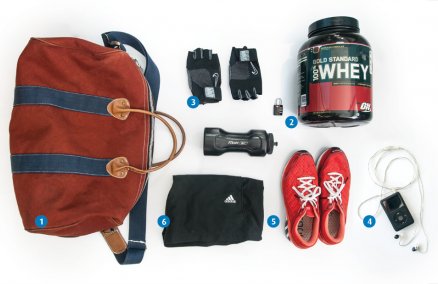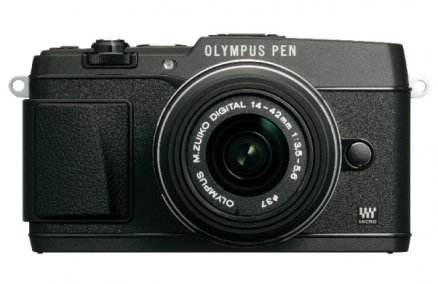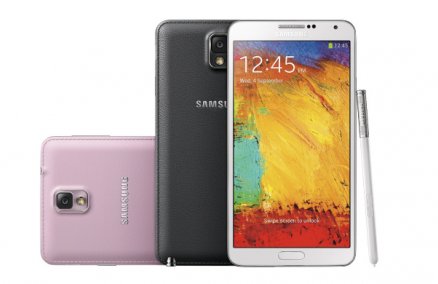A is for alcohol and advertising
A match, for better or worse, which may soon be no more.
B is for bomb
Perhaps jealous of all the attention separatists were getting in the South, “someone” (he/she was never caught) left a bomb in a car near the former prime minister’s home. The bomb never went off, though there was an explosion of finger-pointing.
C is for cats, and the men who eat them
Imagine being so poor that you’d eat a cat to survive. That’s the premise behind “Poo Boa Kin Maew,” a luk thoong song that became a surprise smash hit, no doubt due to its controversial subject matter. Now, if we could only find a group that enjoyed dining on dogs, our stray animal problem in Bangkok might be solved. (Just kidding.)
D is for demonstrations
In 2006, the people took to the streets and demanded that their voices be heard. For some it was out of conviction, for others an interesting way to pass the time (“fun for the whole family!”). Not only were the demonstrations for the most part peaceful, there were also numerous displays of heartwarming generosity and comradery.
E is for Erawan Shrine
In the midst of Thaksin madness, a mentally ill man took a hammer to the revered Erawan Shrine and left the statue of Brahma in pieces. His penalty for his attack on the god of creation? Death, by an angry mob.
F is for flooding
The jury is still out on whether the problem was an extraordinary amount of rain or extraordinary stupidity on the part of humans, but flooding made the lives of many Thais miserable this year. Let’s hope we won’t need to build more portable floating toilets in 2007.
G is for gay
Out of the closet and into BK! In June we launched our special gay issue, G Magazine (Jun 23, 2006), which was full of fashion, travel, nightlife, events, resources and more. Don’t worry if you missed it: You can look forward to two more in 2007.
H is for health
Bird flu is still a problem. Despite previous success in the fight against AIDS, a recent study suggests that the rate of HIV among gay Thai men has increased to “epidemic” levels. And public enemy number one? Alcohol.
I is for IQ
In July, Education Ministry officials broke the disturbing news that Thai children are below average when compared with their counterparts in other countries. But not to worry: Officials announced a five-year “intellectual development” plan that would help raise the average IQ of Thai children from 88 to 100 by 2008. Uh, isn’t 2008 minus 2006 two years?
J is for Jigme
With His Majesty’s 60th anniversary, royalty from around the world visited Bangkok in June. The youngest visitor was the then crown prince of Bhutan, dubbed Prince Charming by the press. Within days, posters of the handsome 26-year-old, who is now King Jigme, were being sold on the street to his adoring Thai fans.
K is for King
His Majesty the King celebrated his 60th year on the throne this year, and with this auspicious occasion came a number of notable celebrations including art and photo exhibitions, a royal barge procession, concerts and a who’s who of visiting dignitaries. We love our King!
L is for letters
And who was Thailand’s #1 letter-writer? Then Caretaker Premier Thaksin, who sent letters to several Asian heads of state explaining why he was taking a break and then another to “W” Bush in which he blamed his political opponents for the turmoil here but insisted he was in control. Oops! Then came the coup and his resignation letter.
M is for malls
You know what Bangkok really needs? More Mammoth Mega Malls. This year saw the blooming of the Siam Square area into Bangkok’s unabashed orgiastic epicenter of capitalism. With Siam Center, Paragon, Discovery, MBK and CentralWorld all within a 5km radius, the temptation to throw yourself into a whirlwind of debt is stronger than ever.
N is for New York
It is said that if you can make it there, you can make it anywhere. But what if you don’t? The former prime minister found out the hard way. His visit to the Big Apple began with protesters and ended with him desperately declaring a state of emergency before he joined the ranks of the unemployed.
O is for o-ver
Not “over” as in English but “o-ver”: The Culture Ministry’s crusade against coyote dancing (see “T”), then going after Somtow Sucharitkul’s opera. Banning all forms of alcohol advertising. Shutting down websites. Warning labels on snack food. At least they didn’t chop the end off The DaVinci Code.
P is for promises
“The airport will be ready in time.” “I will protect democracy with my life.” “There will not be a coup.”
Q is for quiet
In 2006 a group called the People Who Love Quiet Club emerged following a “test run” of TV monitors showing ads in Skytrain carriages. They pleaded with BTS officials to cut the audio, but their calls fell on deaf ears.
R is for Royal Flora
“What could be more simple that a little flower show?” the organizers must have thought. But then along came plant thieves, plastic plants, too few toilets (see “S”) and flowers that wouldn’t bloom. And what’s with the translation of “Ratchaphreuk” as “Golden Shower” tree?
S is for Suvarnabhumi
After years of anticipation, scandals, test runs, leaks, toilet shortages, encroachment and a BK fashion shoot, the new airport finally opened. People are still so excited about it they come to Suvarnabhumi just to walk around as if it’s a shopping mall; others park on the side of the highway and watch planes taking off and landing.
T is for Tanks
The coup not only provided what was ostensibly a solution to the political deadlock, but it also gave us the coolest photo opps of the year. Who wouldn’t want to be a tank girl or boy for a day and pose next to those big, strong, camouflaged men? Even coyote girls famously—and controversially—got into the act.
U is for UN job
As in the one formerly occupied by Kofi Annan that was not filled by Thaksin’s Thai hopeful. Oh well, maybe next time, Surakiart.
V is for violence
We wish that this year we could use “V” for something else (“victory,” perhaps), but the violence in the three southern-most provinces of Thailand continues despite the best efforts of government officials, religious leaders and other parties.
W is for World Cup
World Cup fever raced around the world and Thailand was no exception to the rule, even if we did have to watch all the big games after midnight. Consider yourself lucky if you weren’t in prison, as they showed the games but not live.
X is for xenophobia
In 2006, bird flu was blamed on a “neighboring country”; in the wake of the John Mark Karr spectacle, tougher visa rules were introduced for foreigners; and, though better described as “ignorance” than “xenophobia,” we made films that offended the sensibilities of Laos and Cambodia.
Y is for yellow
Polo shirts commemorating the 60th anniversary of HM the King’s accession to the throne were the essential fashion item of the year. When they were first introduced to the public there were shortages and allegations of counterfeiting, but now they can be found in (slightly) varying shades, styles and price points.
Z is for Jay-Z
He actually came to Bangkok to the surprise and delight of hip hoppers the city over—at least the ones who had B3,000 to spend on a ticket to the show.
















 Wilding Golf
Wilding Golf TopGolf
TopGolf Grand Millennium Sukhumvit
Grand Millennium Sukhumvit










